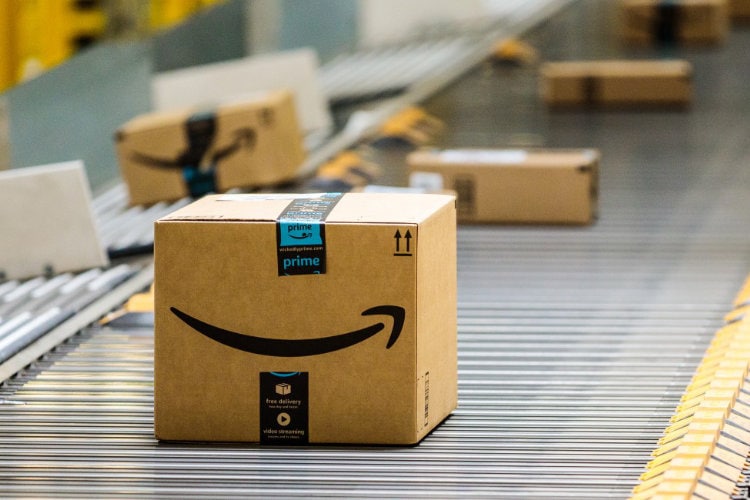
A few weeks ago, I wrote about why it’s imperative that shippers, 3PLs and carriers unlock the market’s hidden capacity in order to increase the utilization of existing assets. Against the context of a sobering 2019, which saw spiraling rates and soaring bankruptcies, I argued that putting idle equipment to work and drastically reducing deadhead represents a huge opportunity for the entire supply chain – shippers, carriers, 3PLs, brokers and drivers alike – to better weather the industry’s rollercoaster cycles.
Today I want to talk about how FourKites has been collaborating with our shipper network to develop a solution to this historically intractable problem. The concept – shared capacity – is pretty straightforward. At its core, it’s about seeing available capacity in real time across a network of strategic partners and lanes, and then matching that capacity to freight with a platform that enables quick, seamless execution.
It’s not a new idea. People have understood and been talking about unused capacity since trucks first started rolling down the highways. The biggest stumbling block has been the inadequacy of various technologies in enabling the kind of visibility, collaboration and executional capabilities that supply chain partners really need to make a serious dent in the problem.
Digital freight brokerages (Uber Freight, uShip, Convoy, etc.) play an important role in the ecosystem by facilitating more efficient commerce between shippers and carriers. That part of the market has effectively already been optimized. But digital brokerages are no panacea when it comes to hidden capacity. Going forward, the biggest opportunity for mining “hidden capacity gold” is in dedicated fleets and in contracted carrier lanes.
It’s been estimated that up to 40% of the supply chain’s assets are empty at any given time – and the vast majority of that is hiding in these dedicated fleets and with high-volume contracted carriers. Huge amounts of capacity are up for grabs, available to those who can see it and get to it.
Here’s how we’ve been thinking about this problem for the shippers in our network:
Some companies have made a run at this, but at the end of the day, they haven’t tackled or adequately addressed all of the above requirements. What’s more, their platforms haven’t been up to the task – lacking either real-time tracking, data analytics or even the network size to be able to spin out tangible insights. And no solution is complete if it lacks the technical capability to seamlessly execute the identified matches, or the ability to integrate with external platforms.
One of our new products, Lane Connect, helps to put all pieces of this complex puzzle together. Only then can companies realize the full benefits of tapping unused capacity, which include major cost reductions, increases in service levels, sustainability, productivity and safety (did you know that empty trailers are more prone to accidents?).
Stay tuned for the next piece in this series, where I’ll be writing more about the barriers that have kept the industry from leveraging all of this hidden capacity in their fleets.